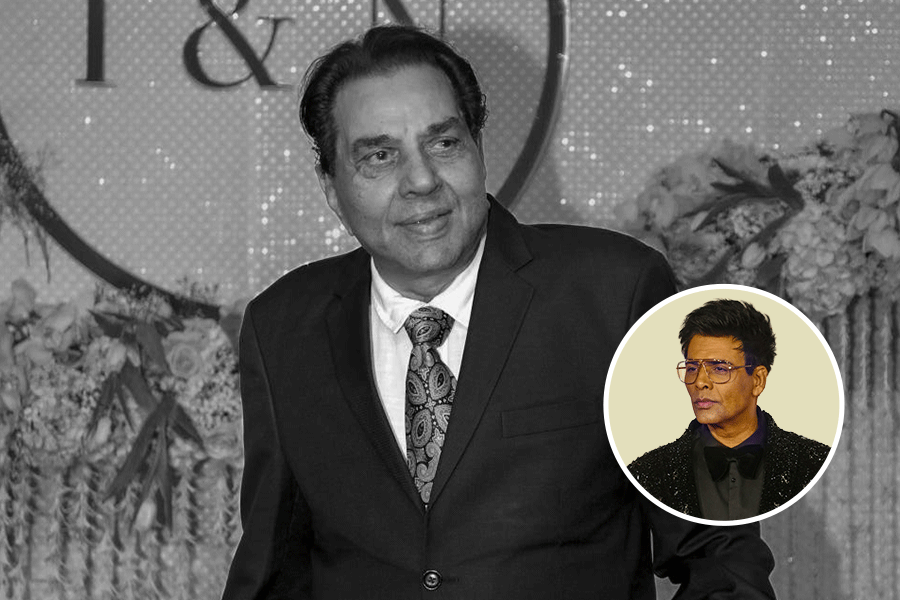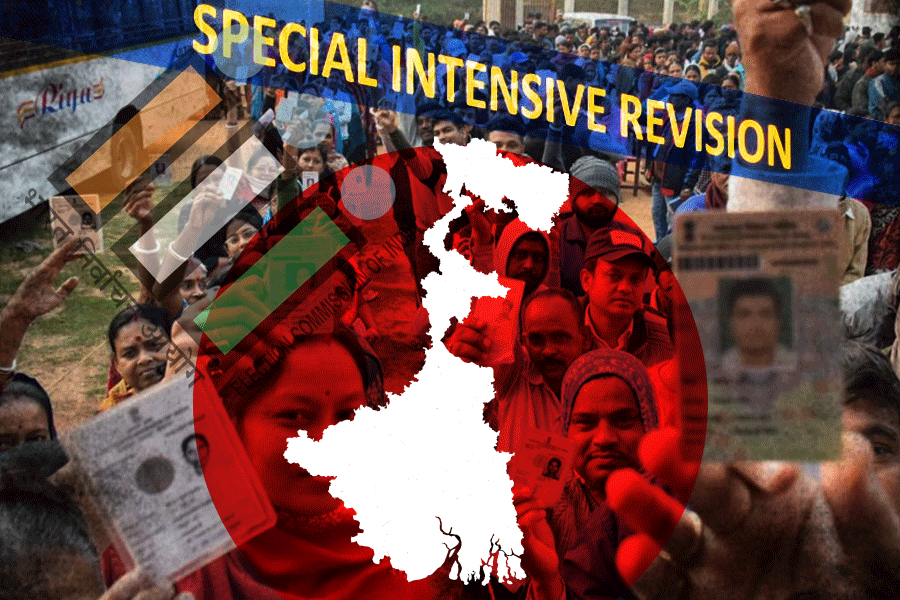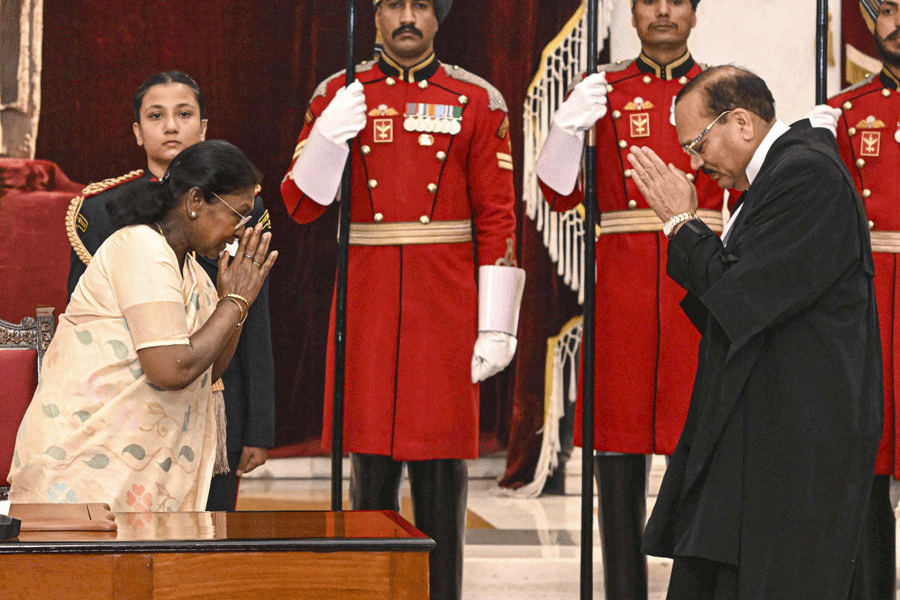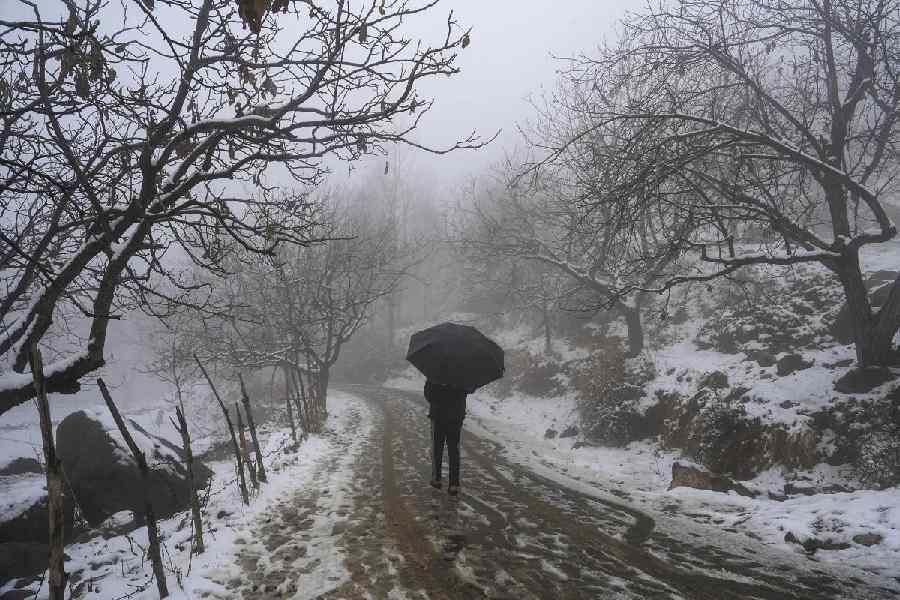
INDIAN CULTURES AS HERITAGE: CONTEMPORARY PASTS By Romila Thapar, Aleph, Rs 599
Indian Cultures as Heritage is an important book authored by a leading historian of early India. It explores the genealogies of "Indian cultures" in their relationship with "heritage", understood not within an insular distant ancient past, but with reference to, and indeed mediated by, analytical tools and lenses of the early modern and the contemporary. These are significant questions presented in a refreshingly lucid manner for a wider audience at a crucial juncture of the interesting times we are passing through.
One would do justice to the book, and its author, to appreciate that by "Indian cultures" the author is referring to the plurality of "cultures" that there is. The crux of the problem lies not merely in the colonial imperatives and the resultant obsession to speak in terms of oppositional categories of the 'Hindu' or the 'Muslim' in its treatment of South Asian societies but also, as Romila Thapar notes, in the fact that the histories of "the Turks, Afghans and Mughals in India is generally still viewed solely and simplistically in terms of their being Muslim and ruling over a Hindu population". This book, then, is at once premised on and appreciative of traditions of scholarship that in their treatment of South Asian societies and cultures underscore the need to go beyond the binaries of the 'Hindu' and 'Muslim', imposed in colonial times but continuing down to this day, and etch out instead a third entity of the 'Indic', sensitized to the complexities of socio-cultural formations in premodern and modern South Asia.
The introductory chapter dissects key aspects of scholarship on crucial categories such as "culture" and "civilization" and, along the way, gestures at the changing contours of their politico-intellectual contexts. Chapters 1 through 4 thus explicate the relationship between cultures and heritage, the rootedness of the idea(s) of heritage in the present and the resultant dialogue between the contemporary and the past(s), and not least ideas of temporality and science. Scholars have shown how "cultural heritage", both material as well as intangible, acquires its salience through complex process(es) of selection, absorption, and bowdlerization through different, most importantly institutional, mechanisms.
Thapar illustrates the complexities of these processes for the general readers through a flowing prose. Indeed, parts of this book, such as the chapter on the theme of time with its distinctive conceptual variations in its relationship with cosmology, eschatology and historical consciousness in India, emanate from her own earlier original research and make available to a general audience ideas that are often restricted within close scholarly domains.
The issues of selection, absorption, and bowdlerization open up a range of questions. Who selects what and for whom? What gets elided? What do selective endeavours in the conceptualization of "national culture" or "national heritage" mean for theories of knowledge? These questions are seductively simplistic. They often conceal the fact that one's encounter with the 'past' is scarcely an encounter without the intervention of the present from which she emerges or even the intermediate layers that separate that present from the past she seeks to retrieve. Chapter 4, entitled "Science as Culture", for instance, argues how claims about ancient scientific inventions are often truth-claims, at once dissociated from any understanding of a coherent methodology of science and oblivious of contextual background.
Chapters 5 and 6 discuss respectively the patriarchal and social exclusionary aspects of ancient Indian society. They do so, moreover, with reference to the socio-economic changes in different phases of early South Asian history, illuminating in the process the different strands and nuances. Thapar's engagement with the different ideas of culture, civilization, and heritage is worth merit in its own right. What adds a cutting edge to this book is at once her succinct and timely commentary on a range of these issues, combined with her valuable perspectives on pedagogic and institutional structures. The latter is reminiscent of the idea of culture, not merely in its ontological terms but also as configurations of teaching-learning processes and their institutional articulations that provide sites for generations within which to learn about methods of approaching the present and past.
Chapter 7, entitled "Knowledge as Heritage", strives to diagnose what Thapar sees as grave ills plaguing educational institutions in India which, she laments, "have neither been able to perform with success, their expected task of educating the public to make them responsible citizens, nor have they encouraged the non-conservative quality of thinking". A salvo such as this coming from a senior academic merits some serious attention.
Whither India studies? This deceptively simple question which the book primarily promises to engage with can be then meaningfully addressed only when all the above observations are borne in mind to the point that we also reflect in the process on the very foundational issues of the "purpose and function of education".










